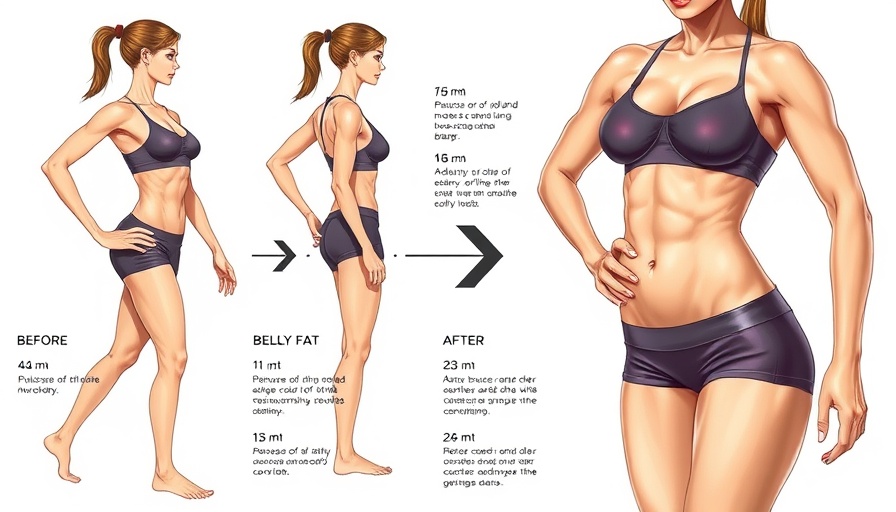
Why Strength Training is Essential After 40
The aging process brings annual muscle mass decline, but the narrative doesn’t have to end there. For those over 40, embracing strength training becomes critical. As we age, maintaining muscle strength not only enhances physical mobility but also significantly contributes to overall health and independence. Engaging in simple strength exercises can provide a vigorous framework that limits sarcopenia, the natural loss of muscle mass due to aging.
In 'The ONLY 3 Exercises You NEED To Do After 40, 50, 60 Years Old', the discussion dives into crucial strength training movements for older adults, sparking deeper analysis on why these exercises are essential.
Three Key Exercises for Longevity and Strength
According to fitness experts, there are three exercises vital for enhancing muscle mass and body control that anyone over 40 should consider integrating into their routine. These workouts are designed not only to preserve but potentially improve strength, ensuring easier daily movement and promoting a more active lifestyle.
1. Supported Squats: A Foundation of Strength
The supported squat serves as a bit of a miracle for those concerned with declining leg strength. The movement focuses on two powerhouse areas: the legs and glutes. It's incredibly beneficial as it can mimic everyday activities such as rising from a chair or engaging in physical tasks around the house. By using a sturdy chair or countertop for support, seniors can perform this squat without undue stress on the knees. The key here is technique: stand with feet shoulder-width apart, sit back as if into an invisible chair, and keep the back straight, using arms only for balance.
2. Single Arm Dumbbell Row: Fortifying the Upper Back
Sitting too much can lead to a painful forward hunch. The single arm dumbbell row effectively targets upper back muscles, counteracting this imbalance by strengthening critical muscles that support the spine. The exercise not only reshapes posture but also brings strength to overall upper body functionality. When performing this move, think about maintaining a flat back, pulling intentionally without the aid of momentum, and focusing on the shoulder blade movement which is crucial for engagement.
3. Bird Dog: Core Stability Mastery
This exercise is one of the best ways to protect the spine while building core strength. Starting on all fours paradoxically emphasizes core engagement by calling upon the balance of opposite limbs. The movement is simple—extend one arm and the opposite leg while maintaining a level torso. This exercise requires focus and seeks to eliminate twisting motions or other movements that could jeopardize spinal alignment.
The Broader Impacts of Regular Exercise
Incorporating these exercises into a regular routine boosts not only muscle strength but confidence and overall mental well-being. For fitness trainers and gym owners, understanding the significance of these movements can enhance program development targeting older populations. There is a unique necessity for creating environments where older adults can feel safe and empowered in their fitness journeys.
Tailoring Workouts for Individual Needs
Consistency is key to achieving results. Encouraging older clients to perform these movements regularly with attention to form can create a lasting impact. As trainers, explore every client’s capabilities and tailor these exercises to align with their mobility preferences. Making adaptations like reducing weights or adjusting the range of motion can be advantageous without compromising their safety or effectiveness.
Taking Action: The Path to a Stronger You
The benefits of strength training extend far beyond the confines of a gym. Embracing these three pivotal exercises can pave the way to greater independence and a healthier lifestyle. As we move forward, consider not only the physical aspect of exercise but the unique life empowerment it provides as well. Therefore, incorporate motivation, engagement and accountability into fitness programs to elevate the quality of life for clients over 40 alike.
eager to take control of your fitness journey? Don’t wait—start implementing these movements into your routine today to foster a stronger, more resilient body.
 Add Row
Add Row  Add
Add 




Write A Comment